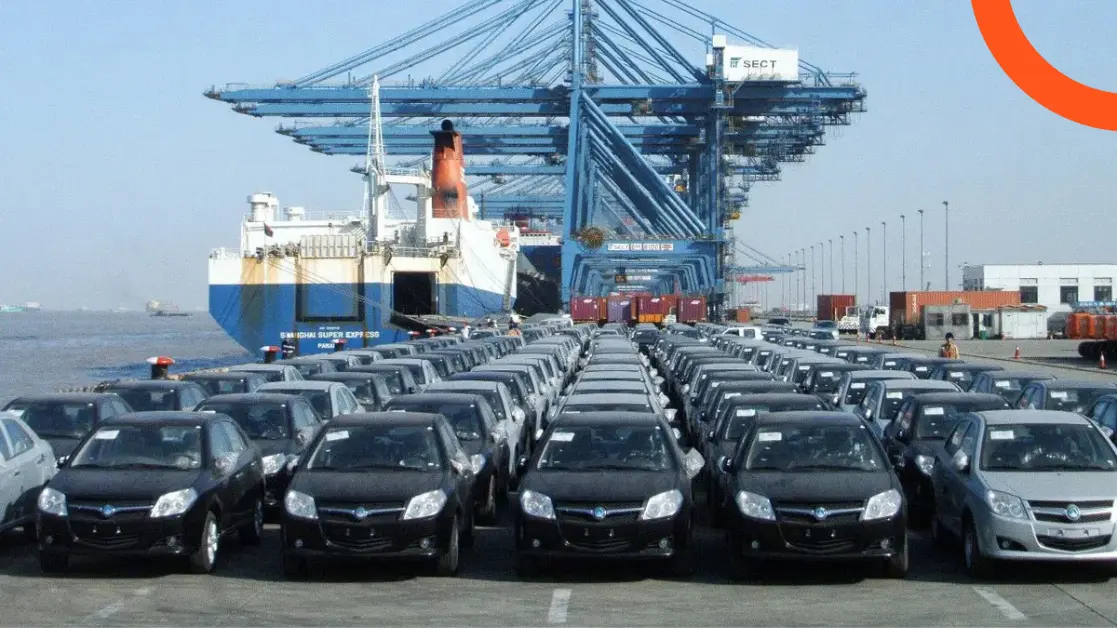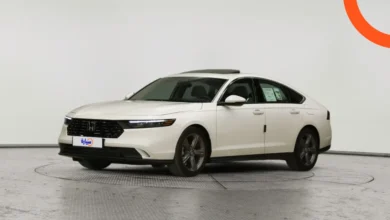Conditions for Importing Cars to Saudi Arabia: Rules & Requirements
The process of importing cars to the Kingdom of Saudi Arabia is subject to a number of legal and customs conditions and procedures. These conditions aim to ensure that imported cars comply with the approved technical and environmental standards and achieve the required safety for drivers and users. These conditions vary from preparing the necessary documents to ensuring the car meets local specifications, paying customs duties, and passing technical inspection. In the following lines, we will cover the main conditions and procedures required for importing cars to Saudi Arabia, including customs requirements, necessary documents, as well as the types allowed and prohibited for import.
Car Import Conditions in Saudi Arabia
The process of importing cars to the Kingdom of Saudi Arabia requires compliance with many legal and customs conditions and procedures to ensure its implementation according to the approved regulations, and these conditions include the following:
Preparing the Car Import Transaction
The person wishing to import a car to Saudi Arabia must prepare all necessary documents before starting customs procedures. This includes the car’s certificate of origin or the original ownership document, in addition to other supporting documents proving that the car is not stolen or damaged.
Ensuring Compliance with Both Countries’ Conditions and Laws
Before exporting the car, it must be ensured that it complies with safety, environmental, and technical specifications standards in both the exporting country and the kingdom. It is also recommended to ensure the car complies with the Saudi Energy Efficiency Certificate.
Obtaining a Customs Clearance Certificate
After the car arrives in Saudi Arabia, the customs clearance process must be completed, which includes paying customs duties and submitting the required documents such as a car inspection and export certificate. The importer receives the clearance certificate after ensuring that the car complies with Saudi laws.
Car Inspection
All imported cars are subject to technical inspection by the relevant authorities in Saudi Arabia, where the car’s structural safety and technical components are checked, in addition to verifying the car’s compliance with approved environmental standards.
Paying the Necessary Duties
The importer must pay the prescribed customs duties according to the car’s value and size. If customs are not satisfied with the purchase invoice, evaluations provided by the local dealer or a specialized report can be relied upon to determine the car’s value.
Arranging for Export
After preparing all necessary documents, arrangements are made to transport the car through accredited shipping companies to the kingdom. It is also required to ensure that the shipment is well protected during transport.
Transporting the Car to Saudi Arabia
Once the car arrives at the Saudi port, it is shipped to its final destination in the kingdom, where inspection and customs clearance procedures are completed.
Car Registration
After passing the car inspection and paying customs duties, the importer must register the car and obtain its traffic plates.
Cars Allowed for Import
There are a set of regulations for cars allowed for import into Saudi Arabia, as follows:
- Small vehicles, buses, and light transport vehicles (less than 3.5 tons): They are allowed for import provided the car model does not exceed 5 years from the date of manufacture.
- Heavy transport trucks (more than 3.5 tons): Tractor units, trailers, and semi-trailers are allowed for import provided they are not more than 5 years old.
- Antique vehicles: It is allowed to import cars that are over 30 years old from the date of manufacture provided they are not used on public roads.
- Used light vehicles not complying with energy efficiency: Saudi individuals and holders of premium residency are allowed to import vehicles provided they pay a financial fee ranging between 20-50% of the car value, with a minimum of 20,000 Saudi Riyals.
Prohibited Cars for Import
The regulations set by the Tax and Customs Authority include several types of cars prohibited from import such as:
- Cars that have been in major accidents such as cars that have been submerged, burned, or structurally damaged.
- Used cars that were as taxis or police cars.
- Modified vehicles such as cars modified from having steering wheels on the right to the left.
- Stolen cars or cars with tampered chassis numbers.
- Heavy transport vehicles for residents.
- Armored vehicles.
Required Documents
A set of documents and paperwork must be submitted to complete the import process in Saudi Arabia and include the following:
Saudi Citizens
- Certificate of origin or car ownership document.
- Energy Efficiency Certificate.
- Proof of payment documents.
Residents
- Residence permit.
- Certificate of origin or car ownership document.
- Document showing the payment method.
Gulf Cooperation Council Citizens
- Proof of vehicle ownership.
- National ID.
- Document showing the payment method.
Fee Determination Mechanism
The invoice provided is relied upon to determine the car’s customs value, and if the invoice is not accepted, the lists provided by the local dealer are used to determine the new car’s value, with an annual depreciation discount of 10% starting in March of the first year, and 10% for the following years from the beginning of each year, provided that the discount rate does not exceed 50% for cars and 80% for trucks.
As for the mechanism of calculating the customs duties for vehicles when entering from the Gulf Cooperation Council countries, the following procedures are followed if the vehicle is transferred from one country to another within the Council countries:
- No more than two years should have passed since the vehicle entered the first customs port.
- Documents proving payment of customs duties at the first customs port must be provided.
- The value provided to the first port is accepted, and if not accepted, the evaluation is carried out and the difference in customs duties is collected.
- If there is a difference in the category of duties between countries, the difference resulting from the difference in the duty rate is collected.






